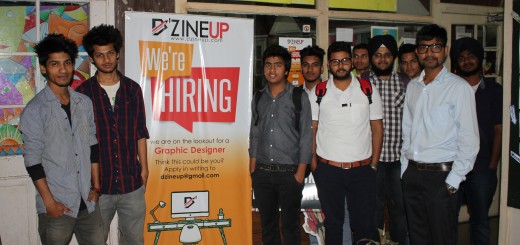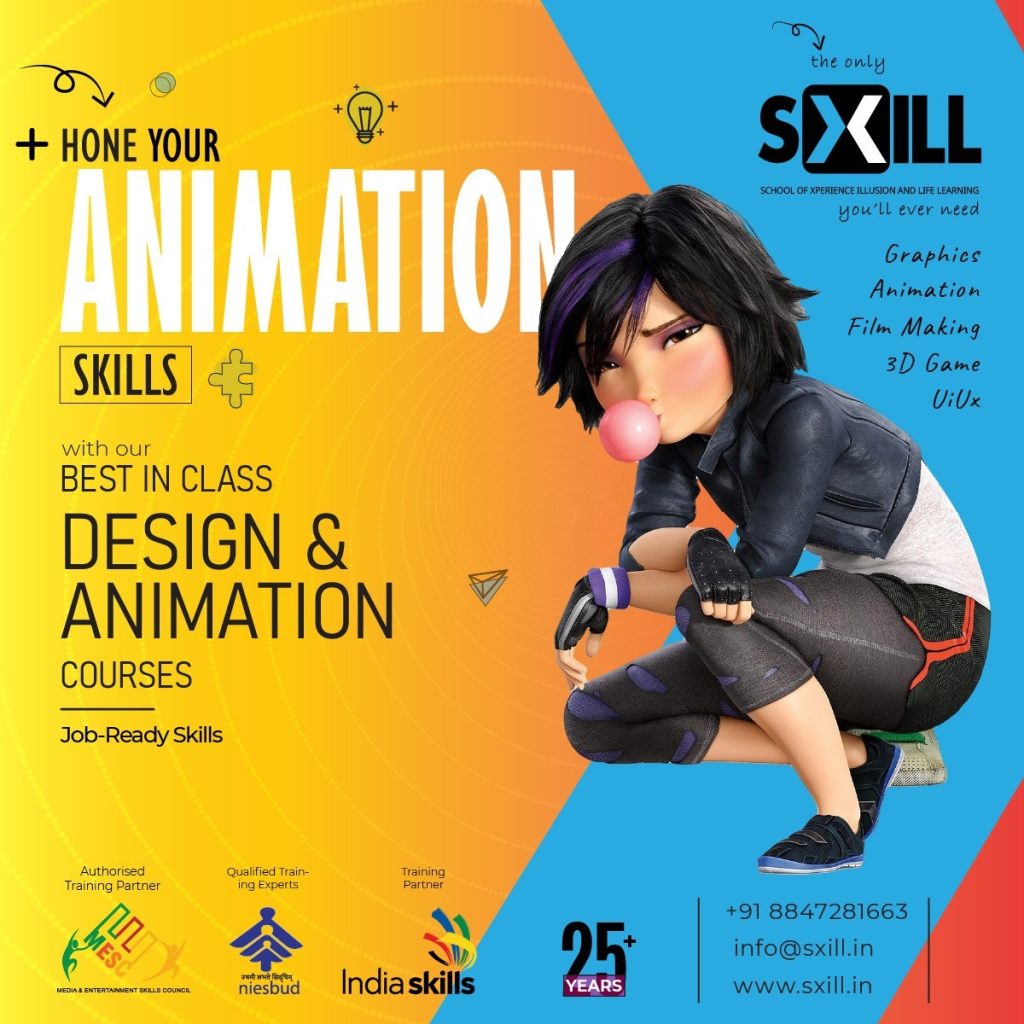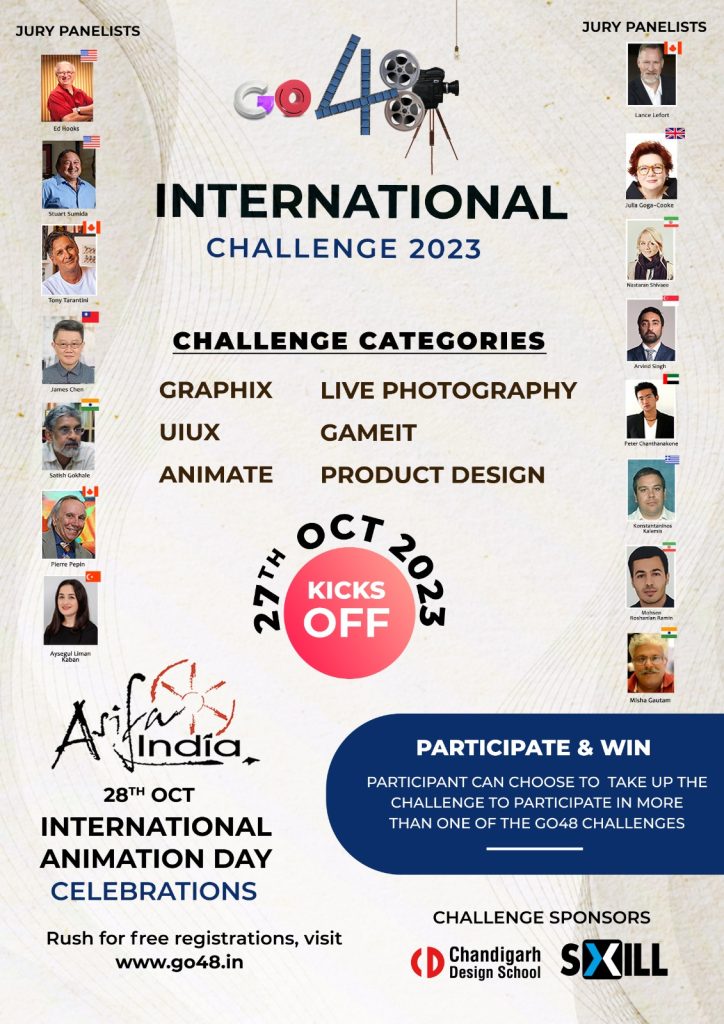Building your creativity
The author, Gautam Ghosh is a senior executive with Satyam Learning Centre, the in-house learning and development department of Satyam Computer Services Ltd. He works in the Organization Development and Transformation Initiative which focuses on building team and group effectiveness. Gautam is an invited member of the HR Expert panel in Dataquest magazine)
Understand and accept the fact that you are a creative person, and that you are capable of being even more creative. Creativity is not restricted to a few and can be practiced with wonderful results.
To become more creative you must also nurture and learn to listen to your intuition and be open to a wide variety of possible solutions. Being aware of your own personality and beliefs that might blind you to possible solutions is also useful.
- Don’t be afraid of failing with any given avenue of exploration; even a negative result from one line of questioning can lead to a new idea or new possibility.
- Be alert to alternate solutions as they occur to you.
- Keep a track of ideas.
- Learn to recognize your own abilities so that you have some sense of the areas of a given problem that may give you difficulty or require more energy to solve.
- Sometimes tackling the difficult areas first is wise so that your energies are high; other times, leaving the less well understood problems until later in the process can allow your ‘backbrain’ or subconscious time to generate pointers to the solutions.
Practice divergent and convergent thinking processes: Discipline your mind to create many possible solutions to a problem at the beginning of your effort — to brainstorm ideas, to be open to many avenues of solution.
You must also be aware that at some point in the creative process you must begin to go through these various ideas, analyse their utility to the problem at hand, and decide on a solution.
Some of the misconceptions which hinder creativity
- For every problem, there can be only one solution: A creative person is always looking for more innovative solutions and believes that the number of ideas that can be applied are limitless.
- One must be logical and rational when solving any problem: Creativity often comes when one plays around with assumptions and status quo thoughts. Being logical often builds it further.
- An idea can be useful, only it if falls within the norms and standards of the organization/society: Oftentimes ideas have been successful that were thought of to have no practical utility.
- One should always be clear in one’s thinking: Clarity usually in the beginning of the creative process often limits options, not expand.
- In solving problems, one should always avoid mistakes and failures: Avoiding mistakes and failures will never get you started on anything new, which is the basis of creativity.
- Problem-solving is a “serious” activity: It might be serious in repercussions, but does not have to be serious in approach.
- Expertise and specialization is a must for effective problem-solving: A lot of creative thoughts have emerged from people who are novices and new to fields.
- One should obviously not take weird ideas seriously: Crazy ideas, on the other hand act as ignition points for starting a search for more do-able ideas.
- Some people are creative, others are not: Everyone can be creative, if he or she fights against these mental blocks.




